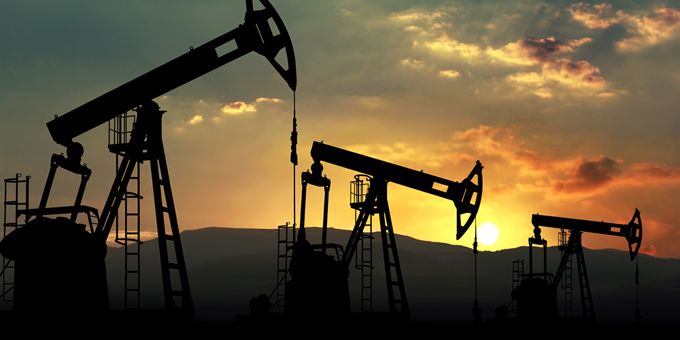
Energy activity in Oklahoma and other states that make up the Federal Reserve Bank of Kansas City District remained strong in early 2022.
The bank released its first quarter Energy Survey and according to Chad Wilkerson, Oklahoma City Branch executive and economist at the Federal Reserve Bank of Kansas City, the survey revealed that Tenth District energy activity increased moderately, and expectations for future activity remained strong.
“District drilling and business activity grew further in early 2022,” said Wilkerson. “Firms reported higher prices needed to substantially increase drilling for oil and natural gas. Firms ranked labor shortages and investor pressure to maintain capital discipline as the main factors constraining growth. However, expectations for future production remained positive.”

Tenth District energy activity increased moderately in the first quarter of 2022, as indicated by firms contacted between March 15th, 2022, and March 31st, 2022. The drilling and business activity index eased slightly from 32 to 29 but remained relatively high by historical standards, indicating solid expansion.
The indexes for employment, wages and benefits, and access to credit reached their highest levels since the survey began in 2014. The index for profits also remained elevated, while the pace of growth for revenues slowed slightly and supplier delivery time declined.
The year-over-year drilling and business activity index declined moderately from 74 to 52. The rate of growth also dipped for the revenues and profits indexes, and the supplier delivery time index decreased. However, the year-over-year capital expenditures index was at its highest level since 2018, and the employment, wages and benefits, and access to credit indexes posted record highs.
Expectations for future activity remained strong in Q1 2022. The future drilling and business activity index inched down from 45 to 42, while expectations for future employment, capital spending, wages and benefits, and access to credit continued to increase. Price expectations for oil were lower compared to current prices. Expectations for natural gas prices were relatively flat, while natural gas liquids prices were expected to increase moving forward.
This quarter firms were asked what oil and natural gas prices were needed on average for drilling to be profitable across the fields in which they are active. The average oil price needed was $62 per barrel, while the average natural gas price needed was $3.72 per million Btu.
Firms were also asked what prices were needed for a substantial increase in drilling to occur across the fields in which they are active. The average oil price needed was $86 per barrel, with a range of $45 to $150. The average natural gas price needed was $4.53 per million Btu, with responses ranging from $3.00 to $6.50. Overall, firms reported the highest prices needed to be profitable and increase drilling in survey history (since 2014).
Source: Energy Survey





